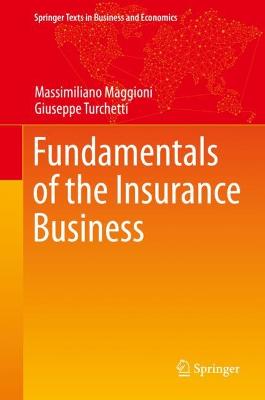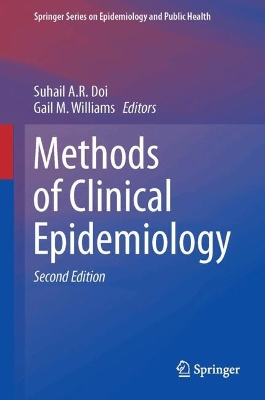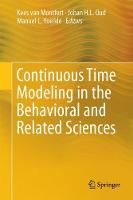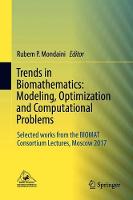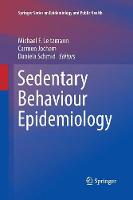New Theory of Discriminant Analysis After R. Fisher
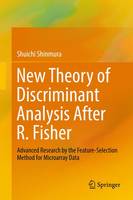 -15%
portes grátis
-15%
portes grátis
New Theory of Discriminant Analysis After R. Fisher
Advanced Research by the Feature Selection Method for Microarray Data
Shinmura, Shuichi
Springer Verlag, Singapore
01/2017
208
Dura
Inglês
9789811021633
15 a 20 dias
4675
Descrição não disponível.
1 New Theory of Discriminant Analysis.- 1.1 Introduction.- 1.2 Motivation for our Research.- 1.3 Discriminant Functions.- 1.4 Unresolved Problem (Problem 1).- 1.5 LSD Discrimination (Problem 2).- 1.6 Generalized Inverse Matrices (Problem 3).- 1.7 K-fold Cross-validation (Problem 4).- 1.8 Matroska Feature Selection Method (Problem 5) .- 1.9 Summary.- References.- 2 Iris Data and Fisher's Assumption.- 2.1 Introduction.- 2.2 Iris Data.- 2.3 Comparison of Seven LDFs.- 2.4 100-folf Cross-validation for Small Sample Method (Method 1).- 2.5 Summary.- References.- 3 The Cephalo-Pelvic Disproportion (CPD) Data with Collinearity.- 3.1 Introduction.- 3.2 CPD Data.- 3.3 100-folf Cross-validation.- 3.4 Trial to Remove Collinearity.- 3.5 Summary.- References.- 4 Student Data and Problem 1.- 4.1 Introduction.- 4.2 Student Data.- 4.3 100-folf Cross-validation for Student Data.- 4.4 Student Linearly Separable Data.- 4.5 Summary.- References.- 5 The Pass/Fail Determination using Exam Scores -A Trivial Linear Discriminant Function.- 5.1 Introduction.- 5.2 Pass/Fail Determination by Exam Scores Data in 2012.- 5.3 Pass/Fail Determination by Exam Scores (50% Level in 2012).- 5.4 Pass/Fail Determination by Exam Scores (90% Level in 2012).- 5.5 Pass/Fail Determination by Exam Scores (10% Level in 2012).- 5.6 Summary.- 6 Best Model for the Swiss Banknote Data - Explanation 1 of Matroska Feature -selection Method (Method 2) -. References.- 6 Best Model for Swiss Banknote Data.- 6.1 Introduction.- 6.2 Swiss Banknote Data.- 6.3 100-folf Cross-validation for Small Sample Method.- 6.4 Explanation 1 for Swiss Banknote Data.- 6.5 Summary.- References.- 7 Japanese Automobile Data - Explanation 2 of Matroska Feature Selection Method (Method 2).- 7.1 Introduction.- 7.2 Japanese Automobile Data.- 7.3 100-folf Cross-validation (Method 1).- 7.4 Matroska Feature Selection Method (Method 2).- 7.5 Summary.- References.- 8 Matroska Feature Selection Method for Microarray Data (Method 2).- 8.1 Introduction.-8.2 Matroska Feature Selection Method (Method2).- 8.3 Results of the Golub et al. Dataset.- 8.4 How to Analyze the First BGS.- 8.5 Statistical Analysis of SM1.- 8.6 Summary.- References.- 9 LINGO Program 1 of Method 1.- 9.1 Introduction.- 9.2 Natural (Mathematical) Notation by LINGO.- 9.3 Iris Data in Excel.- 9.4 Six LDFs by LINGO.- 9.5 Discrimination of Iris Data by LINGO.- 9.6 How to Generate Re-sampling Samples and Prepare Data in Excel File.- 9.7 Set Model by LINGO.- Index.
Este título pertence ao(s) assunto(s) indicados(s). Para ver outros títulos clique no assunto desejado.
Comparison of Eight LDFs;Model Selection by Best Model;100-fold Cross Validation for Small Sample Method;Matroska Feature Selection Method for Microarray Data;Simple Structure of Microarray Data
1 New Theory of Discriminant Analysis.- 1.1 Introduction.- 1.2 Motivation for our Research.- 1.3 Discriminant Functions.- 1.4 Unresolved Problem (Problem 1).- 1.5 LSD Discrimination (Problem 2).- 1.6 Generalized Inverse Matrices (Problem 3).- 1.7 K-fold Cross-validation (Problem 4).- 1.8 Matroska Feature Selection Method (Problem 5) .- 1.9 Summary.- References.- 2 Iris Data and Fisher's Assumption.- 2.1 Introduction.- 2.2 Iris Data.- 2.3 Comparison of Seven LDFs.- 2.4 100-folf Cross-validation for Small Sample Method (Method 1).- 2.5 Summary.- References.- 3 The Cephalo-Pelvic Disproportion (CPD) Data with Collinearity.- 3.1 Introduction.- 3.2 CPD Data.- 3.3 100-folf Cross-validation.- 3.4 Trial to Remove Collinearity.- 3.5 Summary.- References.- 4 Student Data and Problem 1.- 4.1 Introduction.- 4.2 Student Data.- 4.3 100-folf Cross-validation for Student Data.- 4.4 Student Linearly Separable Data.- 4.5 Summary.- References.- 5 The Pass/Fail Determination using Exam Scores -A Trivial Linear Discriminant Function.- 5.1 Introduction.- 5.2 Pass/Fail Determination by Exam Scores Data in 2012.- 5.3 Pass/Fail Determination by Exam Scores (50% Level in 2012).- 5.4 Pass/Fail Determination by Exam Scores (90% Level in 2012).- 5.5 Pass/Fail Determination by Exam Scores (10% Level in 2012).- 5.6 Summary.- 6 Best Model for the Swiss Banknote Data - Explanation 1 of Matroska Feature -selection Method (Method 2) -. References.- 6 Best Model for Swiss Banknote Data.- 6.1 Introduction.- 6.2 Swiss Banknote Data.- 6.3 100-folf Cross-validation for Small Sample Method.- 6.4 Explanation 1 for Swiss Banknote Data.- 6.5 Summary.- References.- 7 Japanese Automobile Data - Explanation 2 of Matroska Feature Selection Method (Method 2).- 7.1 Introduction.- 7.2 Japanese Automobile Data.- 7.3 100-folf Cross-validation (Method 1).- 7.4 Matroska Feature Selection Method (Method 2).- 7.5 Summary.- References.- 8 Matroska Feature Selection Method for Microarray Data (Method 2).- 8.1 Introduction.-8.2 Matroska Feature Selection Method (Method2).- 8.3 Results of the Golub et al. Dataset.- 8.4 How to Analyze the First BGS.- 8.5 Statistical Analysis of SM1.- 8.6 Summary.- References.- 9 LINGO Program 1 of Method 1.- 9.1 Introduction.- 9.2 Natural (Mathematical) Notation by LINGO.- 9.3 Iris Data in Excel.- 9.4 Six LDFs by LINGO.- 9.5 Discrimination of Iris Data by LINGO.- 9.6 How to Generate Re-sampling Samples and Prepare Data in Excel File.- 9.7 Set Model by LINGO.- Index.
Este título pertence ao(s) assunto(s) indicados(s). Para ver outros títulos clique no assunto desejado.

